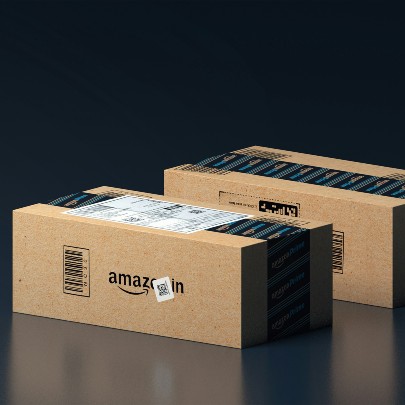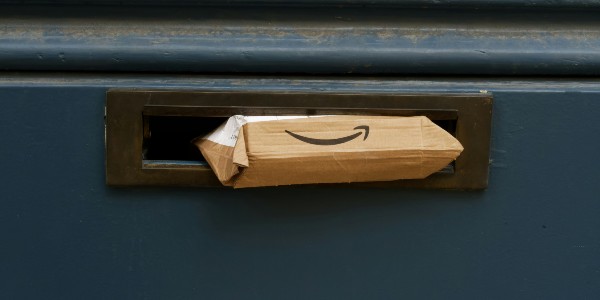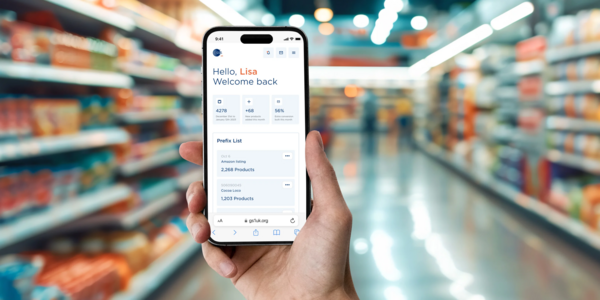October 07, 2025 Guest opinion piece
Tariffs, weakening consumer sentiment and rising costs keep more than a few Amazon 1P vendors awake at night.
For many brands, Annual Vendor Negotiations (AVNs) only add to the stress. But while AVNs can feel daunting, they remain the single biggest lever to protect and grow your margins with Amazon.
After assisting hundreds of 1P vendors in their AVNs with Amazon over the last decade, here are the three foundations to successful negotiation outcomes:
1. Prepare early
Preparation isn’t just about starting earlier, it’s about creating alignment. Too often, sales teams try to “do it alone” in negotiations, when the reality is that you need insights from finance, logistics, operations and marketing to build a robust negotiation strategy.

Start with a full cost-to-serve analysis. That means surfacing hidden cost centres that Amazon conveniently overlooks: chargebacks, unpaid invoices, erroneous coop deductions and shortages.
Once you know your true baseline, you can identify where your margin is being eroded.
From there, define your “gives and gets.” What can you concede, and what must you secure in return? Build both your best- and worst-case scenarios and align them with your leadership so you know your exact opening and walk-away positions. That alignment matters, as it ensures your executive team rests easy during what is often a long, drawn-out process.
Note: In 2025, AVNs took an average of 3.2 months.
Tip: Don’t be afraid to anchor your first offer below what you actually need. It gives you room to move, while making your target outcome feel like a fair compromise.
2. Negotiate proactively (and creatively)
The biggest mistake I see brands make in their AVN? Waiting to see what their Vendor Manager asks in the opening offer. What might look like a smart move at first instantly puts you in reaction mode, making it much harder to secure meaningful concessions later on.
Instead, take the lead. Even before your AVN kick-off meeting, agree with Amazon that the first 30 to 45 minutes of the agenda will be used for you to present your evaluation of the account performance. This reframes the conversation and allows you to actively co-build the agenda.

3. Use your commercial leverage
When brands think about leverage, they often focus on Amazon’s ability to suppress the Buy Box or stop placing orders. But your brand also holds value for Amazon.
If your Vendor Manager ignores cost price increase requests despite year-on-year improvements in your account’s Net PPM, don’t hesitate to escalate.
Reduce advertising spend, remove promotional budgets or adjust your order confirmation rates. Each of these represents real commercial value to Amazon, and they notice when vendors pull back.
Most importantly: stick to your communicated deadlines. If you’ve announced a cost price increase, don’t keep delivering products at the old rates once the CPI deadline passes. Amazon is quick to exploit hesitation, and once you’ve shown flexibility beyond your own cut-off, it’s almost impossible to regain credibility.
Need help improving your margins with Amazon?
Annual Vendor Negotiations with Amazon can feel challenging, but they are far from one-sided. The brands that secure the best deals will be those who prepare early, negotiate with intent and use their commercial leverage with discipline. Ultimately, every negotiation with Amazon is about building a framework for long-term profitable growth.

Martin Heubel
If you’d like to explore how these strategies can be applied to your upcoming vendor negotiation, let’s connect. Want clear advice on how to increase your vendor margins with Amazon? Then we should talk.
I offer industry-leading negotiation trainings and advisory services that have helped thousands of decision-makers protect and grow their vendor margins with Amazon.
Martin Heubel is a strategy consultant based in London, UK. As a former Senior Manager at Amazon, he led several FMCG categories and helped companies like Nestlé, PepsiCo and Mars to successfully sell online.
After five years at Amazon, Martin transitioned into his role as an independent strategy consultant. His consultancy firm, Consulterce, works with 1P vendors across Europe and North America, providing tailored advice for brands seeking to elevate their Amazon margins to profitable levels.



